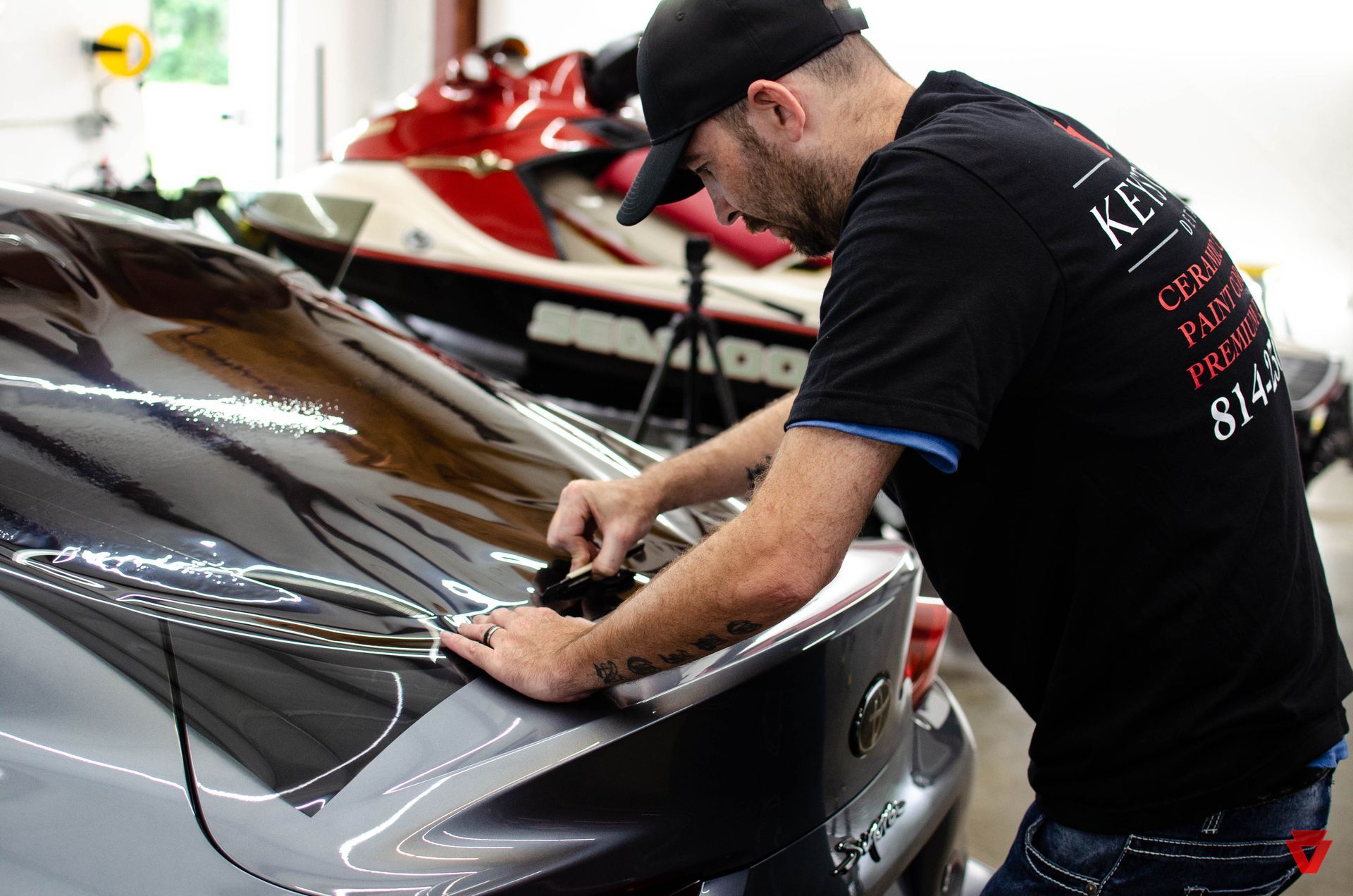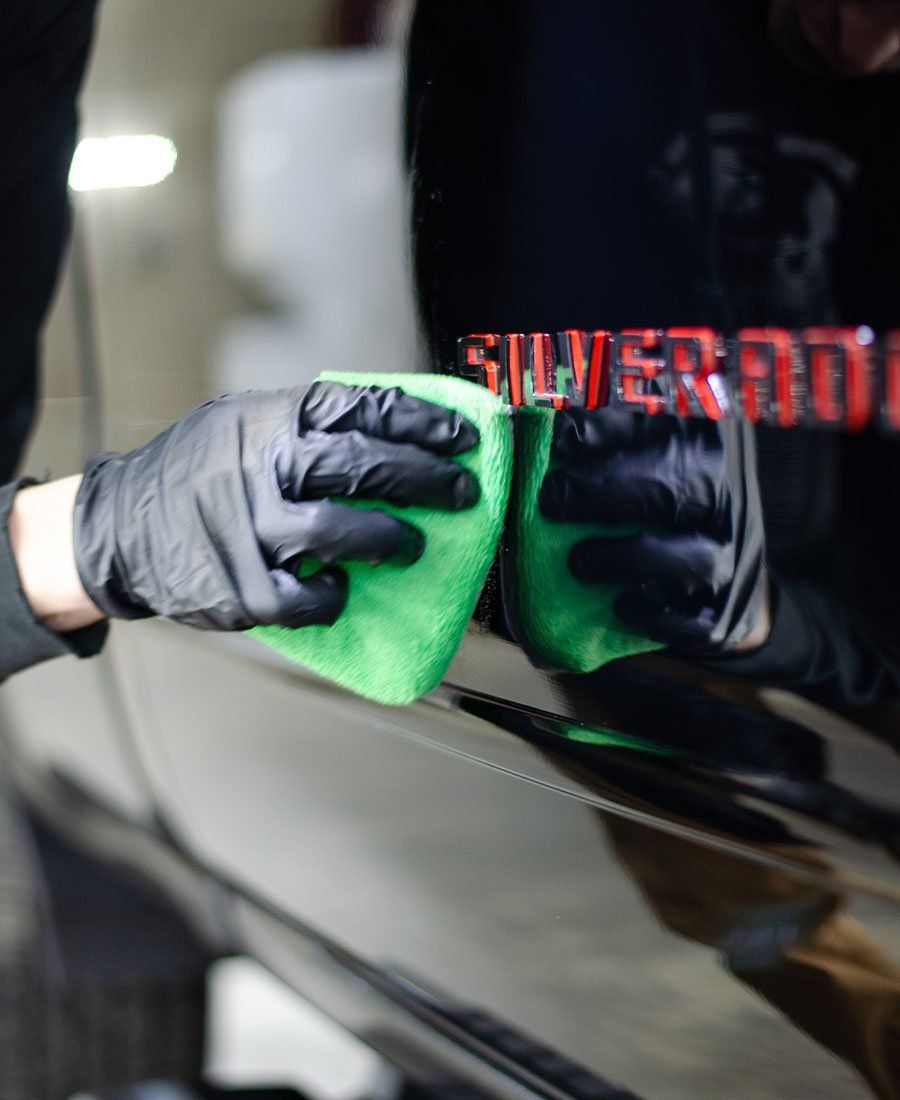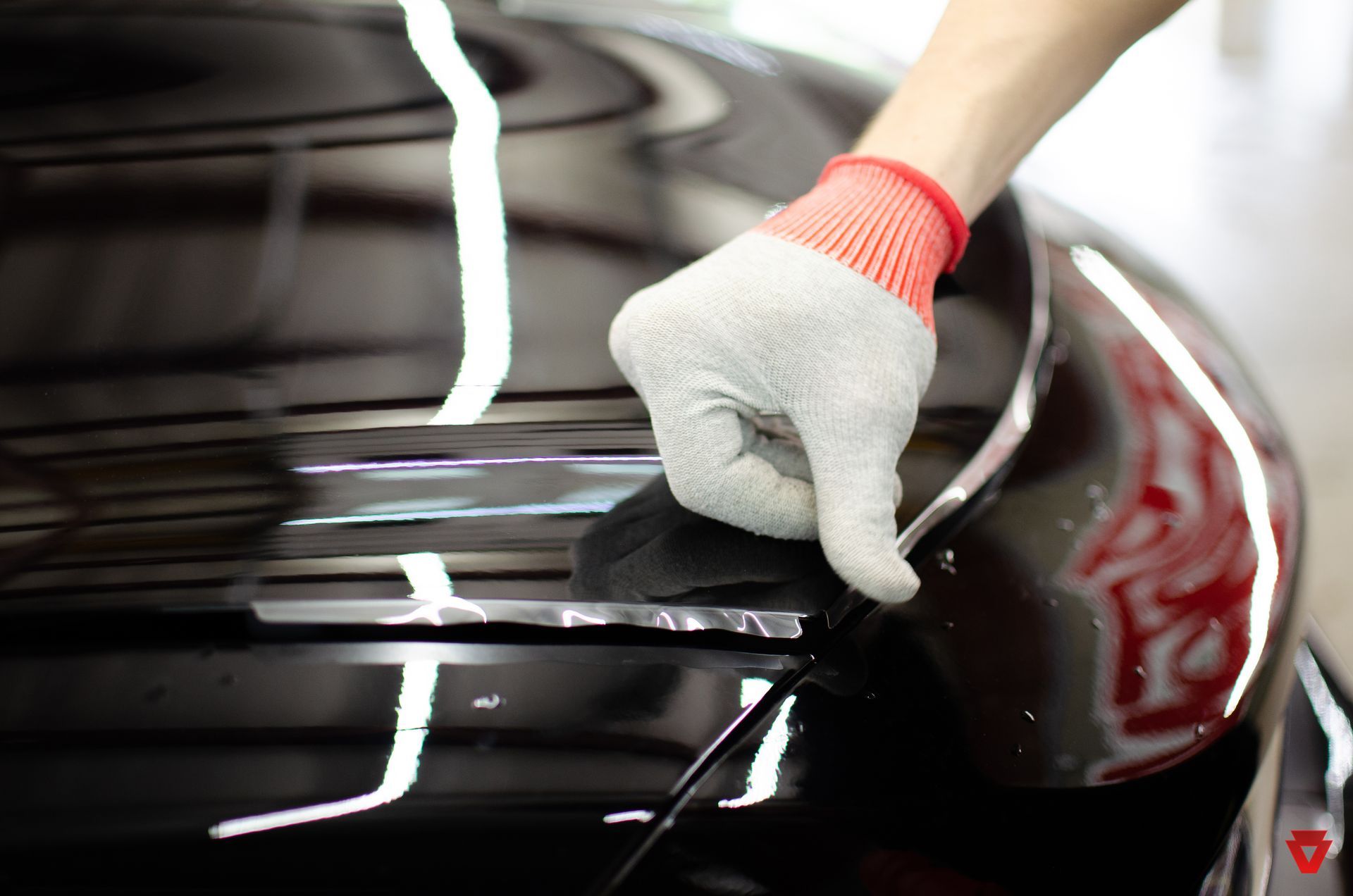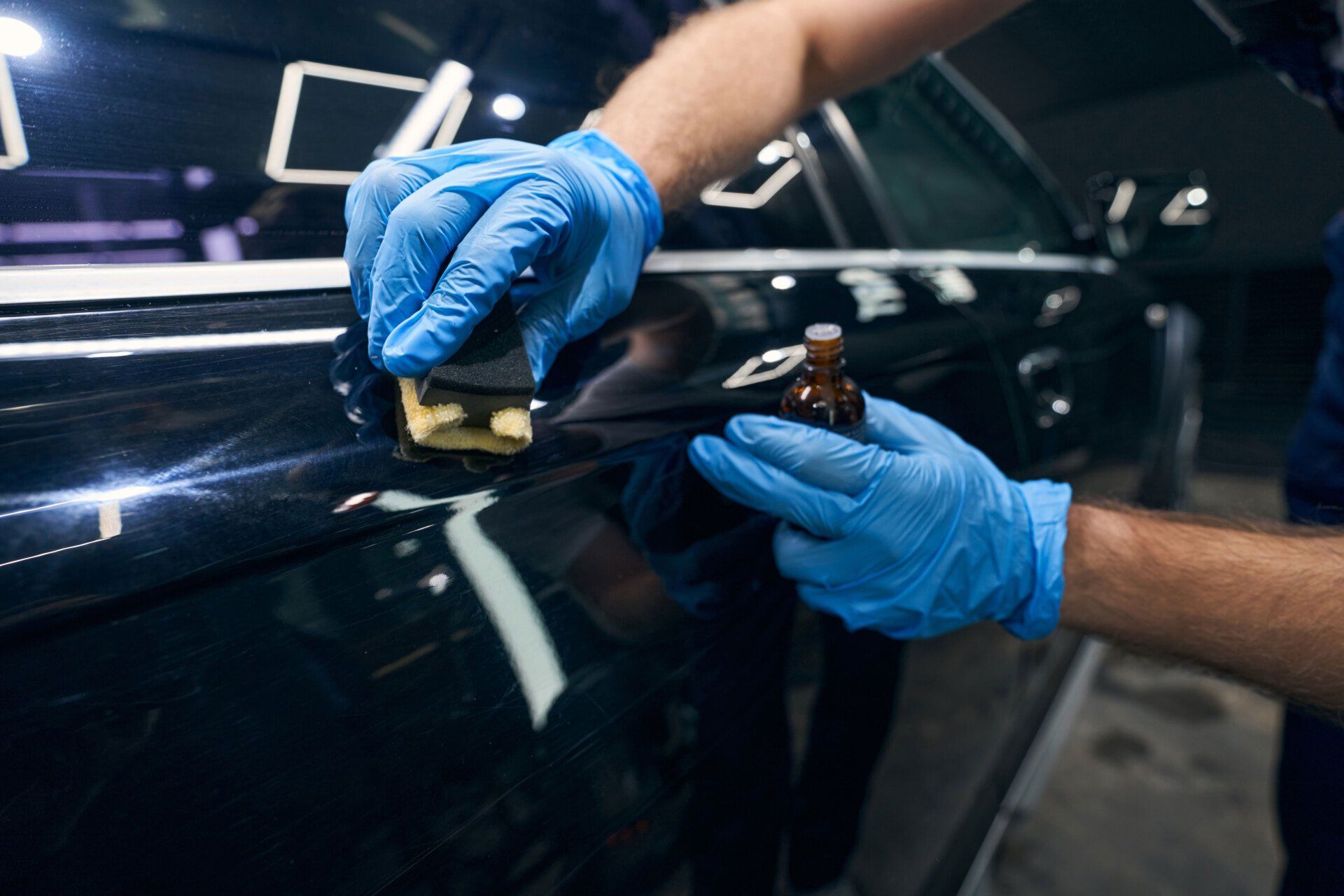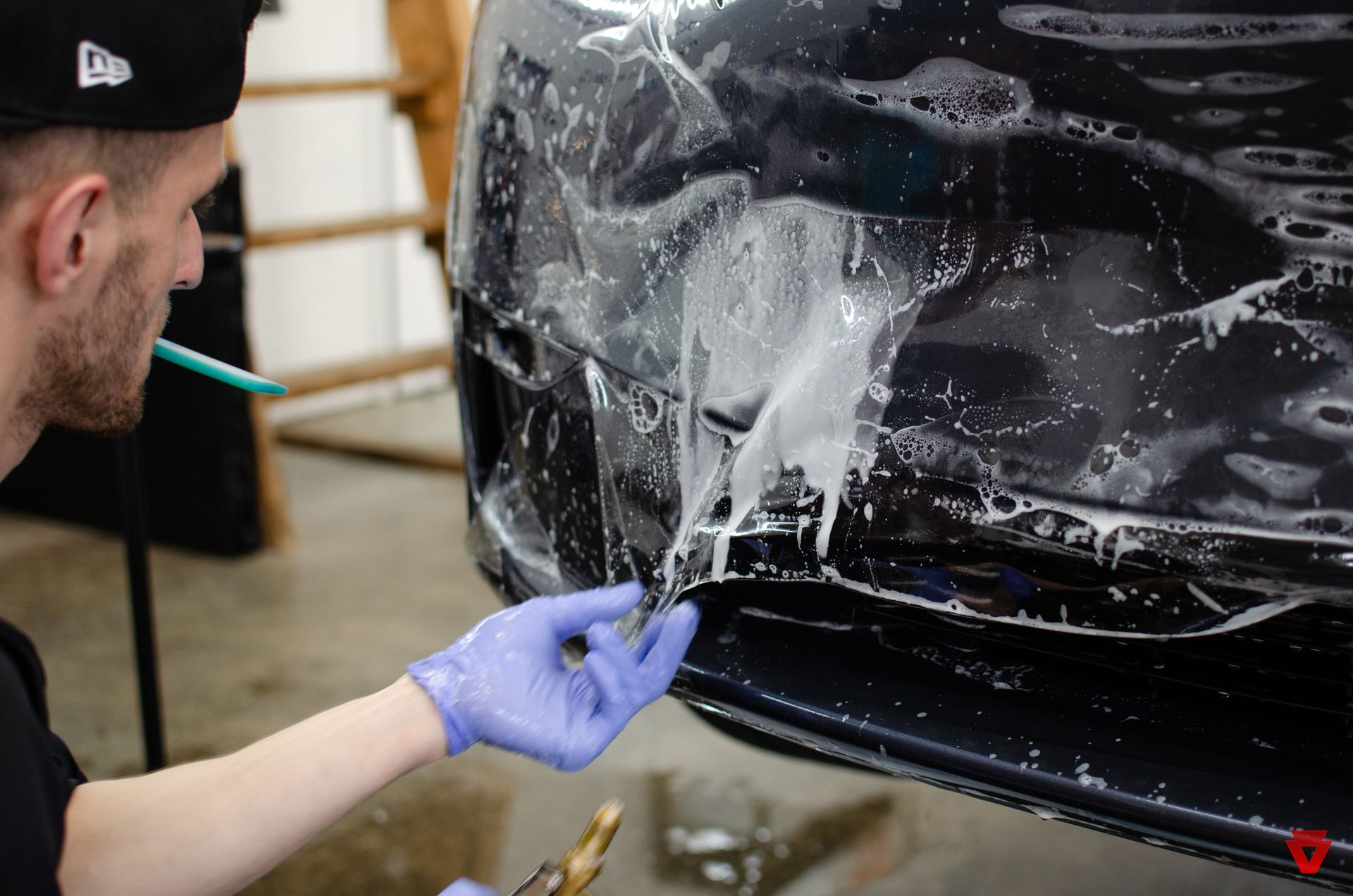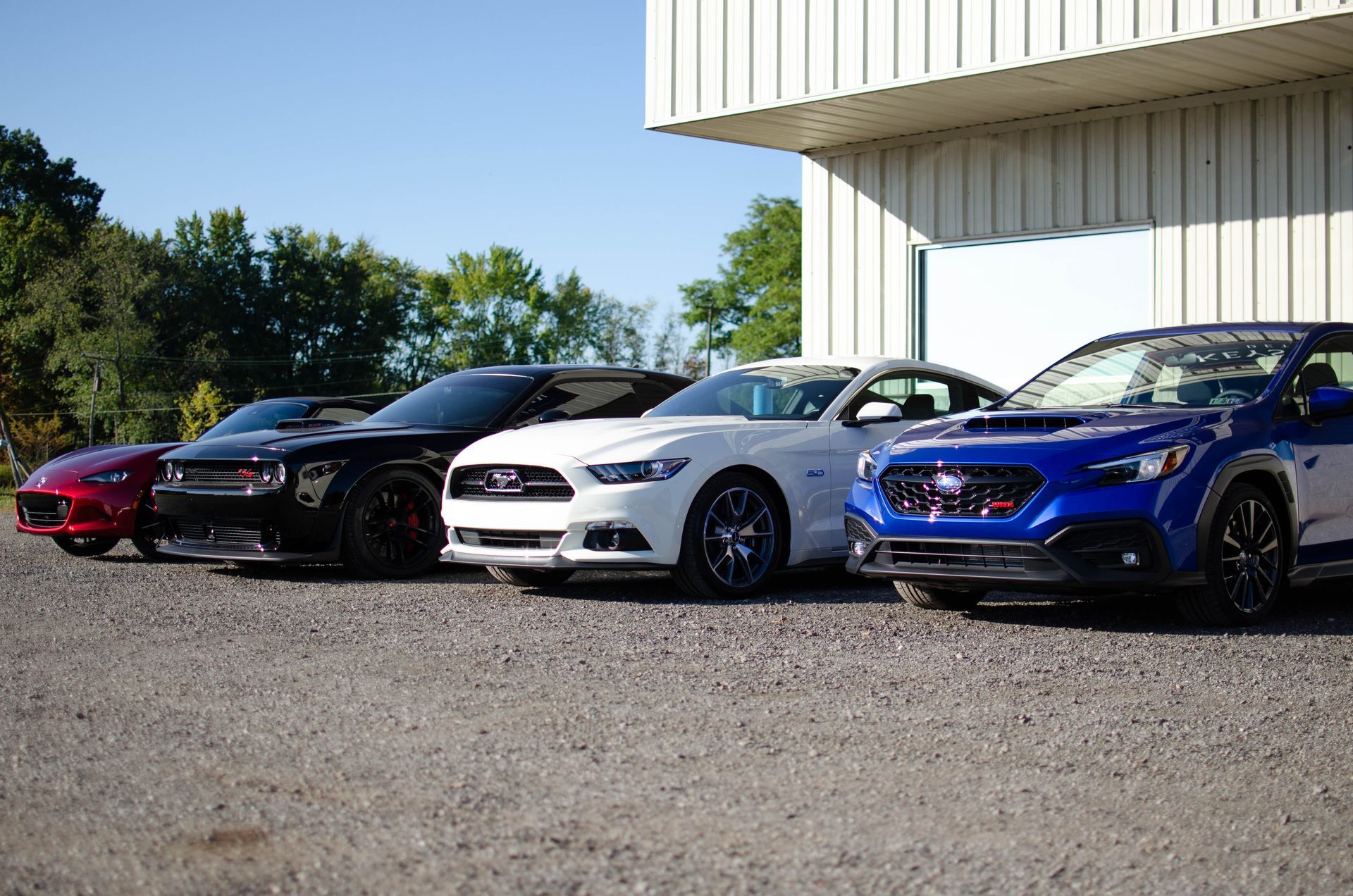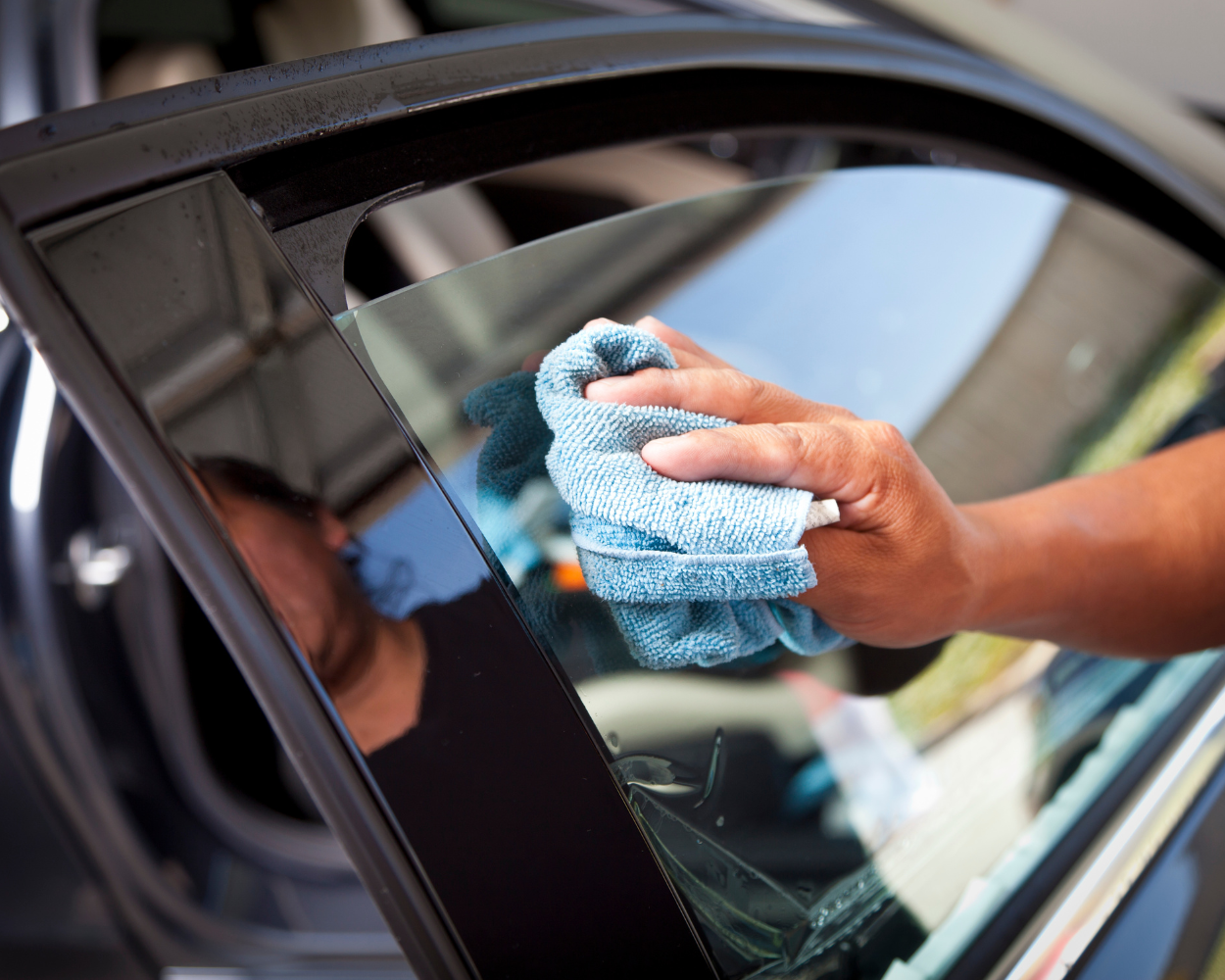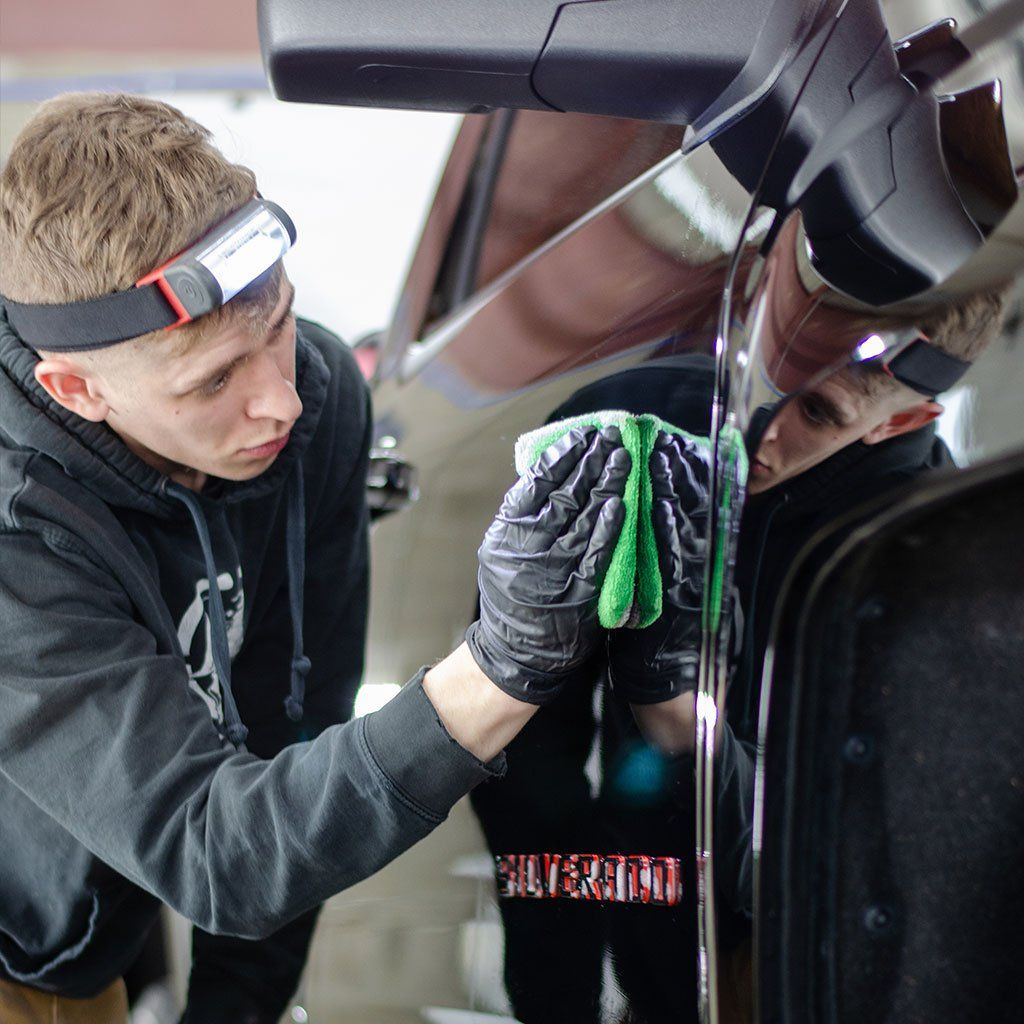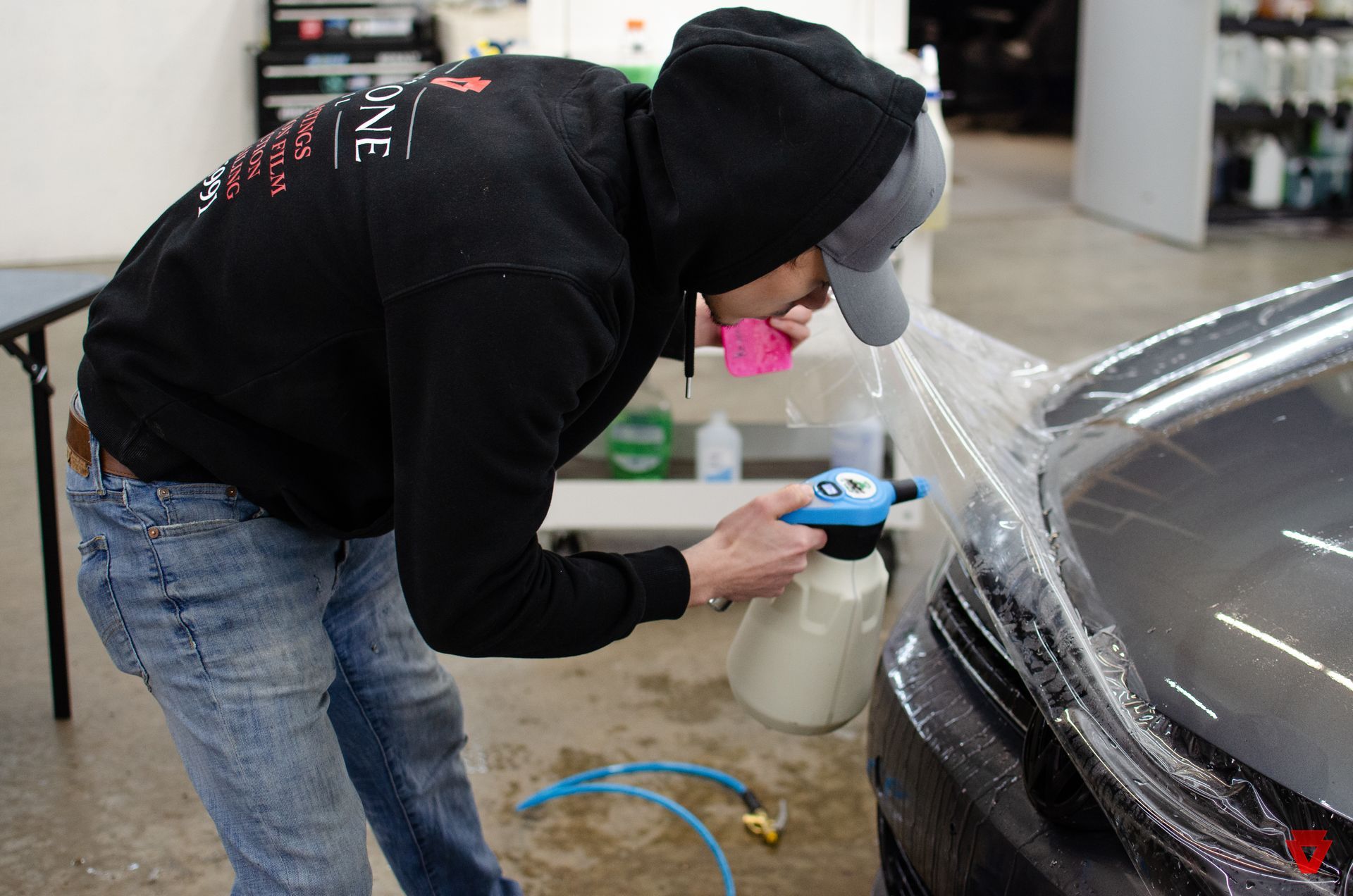The Marvel of Microfiber: A Deeper Dive into the Technology Behind Superior Car Cleaning
Introduction:
In the vast landscape of cleaning and textiles, a minuscule revolution has unfolded – and it's called microfiber. This unassuming material has quietly redefined the way we clean, offering unparalleled effectiveness in wiping away dirt, dust, and grime. In this blog post, we're embarking on a journey into the realm of microfiber, delving into its history, technology, and its particular appeal in the realm of car cleaning.
Origins of Microfiber
Microfiber might appear to be a recent invention, yet its origins trace back to the mid-20th century. The concept of microfiber arose from the quest to create textiles that were not only lightweight and robust but also remarkably absorbent. The 1950s witnessed the birth of synthetic fibers like polyester and nylon, laying the foundation for microfiber's emergence.
Nonetheless, it wasn't until the 1970s that microfiber technology truly flourished. Japanese and Swedish researchers played pivotal roles in propelling this technology forward. A groundbreaking moment occurred when these scientists managed to divide fibers into ultra-fine strands, significantly thinner than a human hair. This breakthrough marked the birth of microfiber – a fabric poised to revolutionize not only the cleaning industry but also the world of car detailing.
The Inner Workings of Microfiber's Structure
At its heart, microfiber is an amalgamation of polyester and polyamide (nylon) fibers. Yet, the real magic lies in the intricate structure of these fibers. Unlike conventional fibers, microfibers are incredibly fine, boasting diameters ranging from 0.2 to 0.5 denier (a unit of measurement for fiber thickness). For context, a denier is roughly equivalent to the thickness of a single strand of silk.
The key differentiator for microfiber is its unique cross-sectional design. Traditional fibers have a circular cross-section, which limits their efficiency in cleaning. In contrast, microfibers possess a wedge-shaped cross-section, featuring minuscule channels running along their length. This design empowers microfibers to capture, confine, and retain dirt, dust, and moisture with unmatched efficacy, making them an ideal tool for vehicle cleaning.
Mastering Car Cleaning with Microfiber
Microfiber's unrivaled cleaning power stems from its exceptional surface area contact. A microscopic examination of a microfiber cloth reveals countless unseen nooks and crannies. These microscopic gaps act as hooks or fingers, effortlessly attracting and retaining particles of dirt, grime, and dust – even those as minuscule as 1/200th the width of a human hair.
Furthermore, microfiber harnesses the power of capillary action, akin to how plants draw water from the soil. This unique feature enhances its absorption capabilities. Not only does microfiber lift particles from surfaces, but it also securely retains them within its structure, preventing their redistribution.
Why Microfiber Reigns Supreme in Car Cleaning
When it comes to car cleaning, microfiber truly shines. Here's why:
Gentle Yet Effective: Microfiber is incredibly gentle on surfaces, making it perfect for delicate car finishes. Its fine fibers won't scratch or damage your vehicle's paint, ensuring a spotless shine.
Superb Absorption: Whether it's water droplets, bird droppings, or spilled liquids, microfiber excels at absorbing moisture quickly and thoroughly, leaving surfaces dry and clean.
Versatility: Microfiber's versatility extends to car interiors as well. From wiping down dashboards and consoles to cleaning windows and mirrors, microfiber gets the job done effortlessly.
Time-Saving: Microfiber's exceptional cleaning power reduces the need for excessive scrubbing or re-cleaning. Its efficiency saves you time and effort, allowing you to enjoy your gleaming vehicle sooner.
Environmentally Friendly: Microfiber's remarkable durability means you can reuse it numerous times, cutting down on waste and promoting sustainability.
Caring for Microfiber and Your Car
To make the most of microfiber's cleaning capabilities and prolong the life of your vehicle's exterior and interior, here are some essential tips:
Separate Cleaning: Use separate microfiber cloths for different cleaning tasks – one for the exterior and another for the interior – to prevent cross-contamination.
Gentle Techniques: When cleaning your car's exterior, adopt gentle, circular motions to avoid potential scratches. On the interior, pay attention to buttons, knobs, and crevices.
Regular Washing: Clean your microfiber cloths after each use. Wash them separately from other laundry items to prevent lint transfer. Use cold or warm water without fabric softener to maintain their effectiveness.
Drying Care: Air drying is recommended for microfiber cloths. If using a dryer, opt for a low heat setting. Avoid high heat, as it can damage the fibers then ruining the towel for life..
Mindful Storage: Store your microfiber cloths in a clean, dry place to prevent contamination and ensure they're ready for your next cleaning session.
Conclusion
The microfiber revolution has not only transformed the cleaning landscape but has also become an essential ally for car enthusiasts and detailers alike. Its exceptional cleaning power, gentle touch, and versatility make it an unparalleled choice for maintaining the pristine beauty of your vehicle. As you embark on your next car cleaning adventure armed with a trusty microfiber cloth, take a moment to appreciate the ingenious science and innovation that have brought this remarkable cleaning companion into our lives, making car cleaning a breeze and your vehicle gleam like never before.
If you'd like to see some great microfiber towels in person feel free to stop by our shop where we have a small selection of some of the best microfiber towels for sale that we have found over the years!
